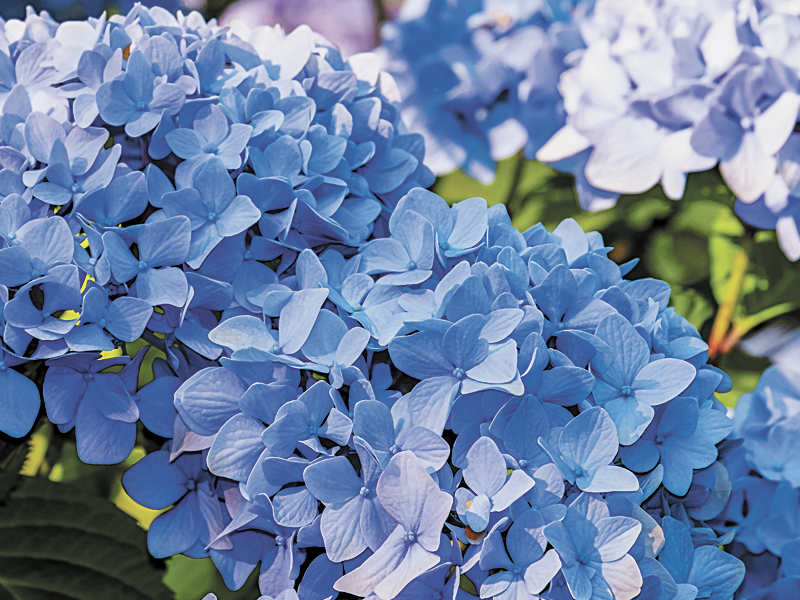Great French wine, if not properly stored, will become what was called in Old French "vin,” meaning wine and "aigre,” meaning sour, to come up with what they called vinagre, which we made into our English word vinegar.
Vinegar is such a powerful acid that pearls will literally dissolve in it.
Gardening with vinegar, specifically apple cider vinegar, has a few benefits. Because it is just fermented apple juice, apple cider vinegar does contain a few vitamins and minerals. But it is vinegar's 5 percent acidic content that makes it a great treatment for any acid-loving plants, such as blueberries, cranberries, azaleas, northern bayberries (Myrica pensylvanica) and rhododendrons. Some trees, such as conifers and pecans, also prefer acidic soil.
Some houseplants grow best in acidic soil, so in addition to feeding your garden plants, you can use apple cider vinegar on acid-loving houseplants such as gardenias and camellias.
Before you fertilize or add any amendments to your soil, you will have to test its pH. The soil pH test measures the soil's acidity or alkalinity.
Soil pH ranges from 3, very acidic, to 10, very alkaline. A pH of 7 is considered neutral. The acidity or alkalinity of your soil affects several chemical processes, including which soil nutrients are available to your plants and which nutrients are locked up.
While the best pH range for most plants is between 5.5 and 7.5, there are several garden plants that thrive in acidic soil. Pine needles make soil acidic, so it is no surprise that many plants that grow alongside pine trees, such as blueberries, azaleas and rhododendrons, also like acidic soil.
The best apple cider vinegar to use on plants is organic, raw, unfiltered apple cider vinegar. Be sure it is labeled "with the mother."
The mother is the brown mass made up of bacteria and yeast cells left over from fermentation.
Never pour undiluted apple cider vinegar directly onto plants, because it will kill them. Of course, if your goal is to kill plants such as weeds in pathways, sidewalks or driveways, then undiluted vinegar will effectively do the job.
Use vinegar diluted with water in a ratio of 20 parts water to one part apple cider vinegar. Water the plants along their base. Try not to get the vinegar-and-water solution onto the leaves, because it can burn the foliage.
There is one more trick up the apple cider vinegar sleeve: You can actually change the color of hydrangea flowers from pink to blue. Hydrangea flowers will be pink in alkaline soil, but change to blue in acidic soil.
So, mix up some apple cider vinegar and water, and give all the acid-loving plants a treat. Or change colors of your hydrangeas on a whim from pink to blue. Oh, and about dissolving pearls in vinegar?
To show off her wealth, Cleopatra dissolved pearls in vinegar and drank it, making the tart drink probably the most expensive drink in history. Talk about bittersweet.























































